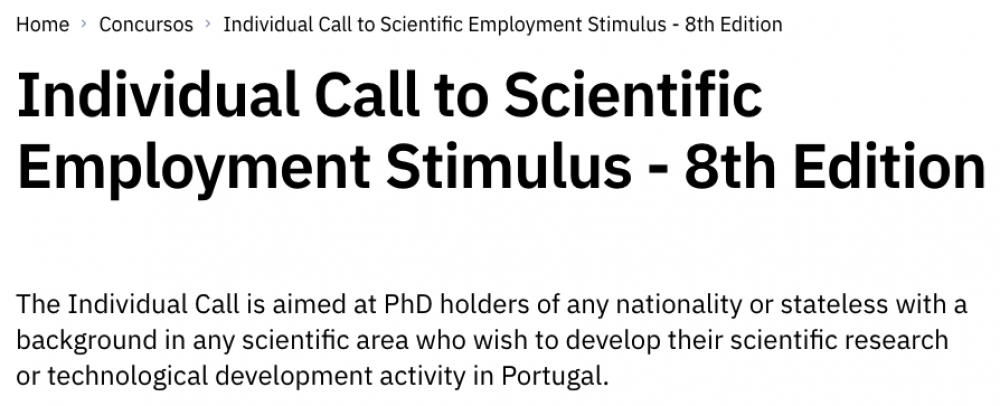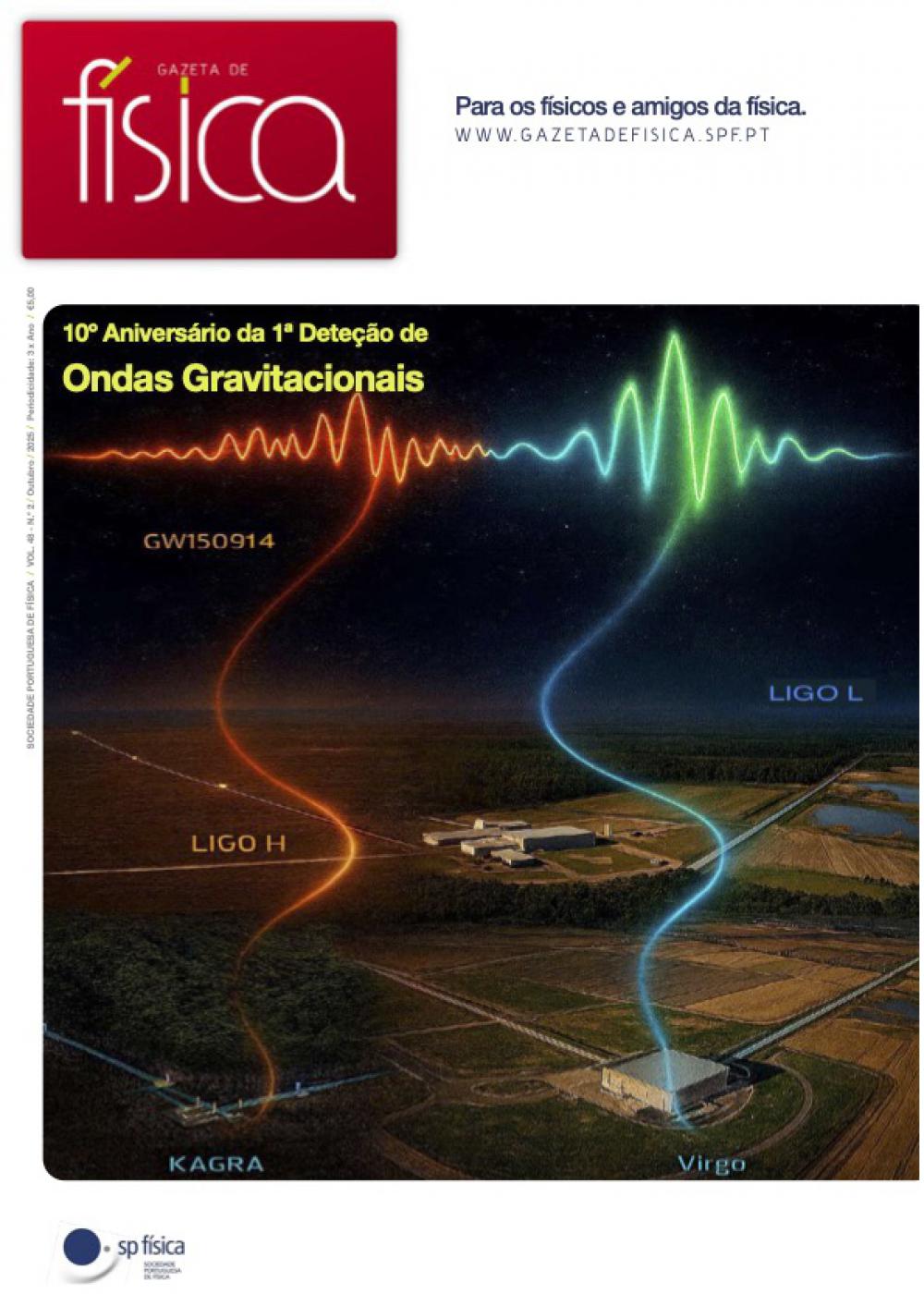New Aspects of spontaneous scalarization of black holes beyond General relativity

Spontaneous scalarization is a mechanism that allows black holes to develop a non-trivial profile of a scalar field “scalar hair” because of tachyonic instabilities, enabling tests of gravity beyond General Relativity.



